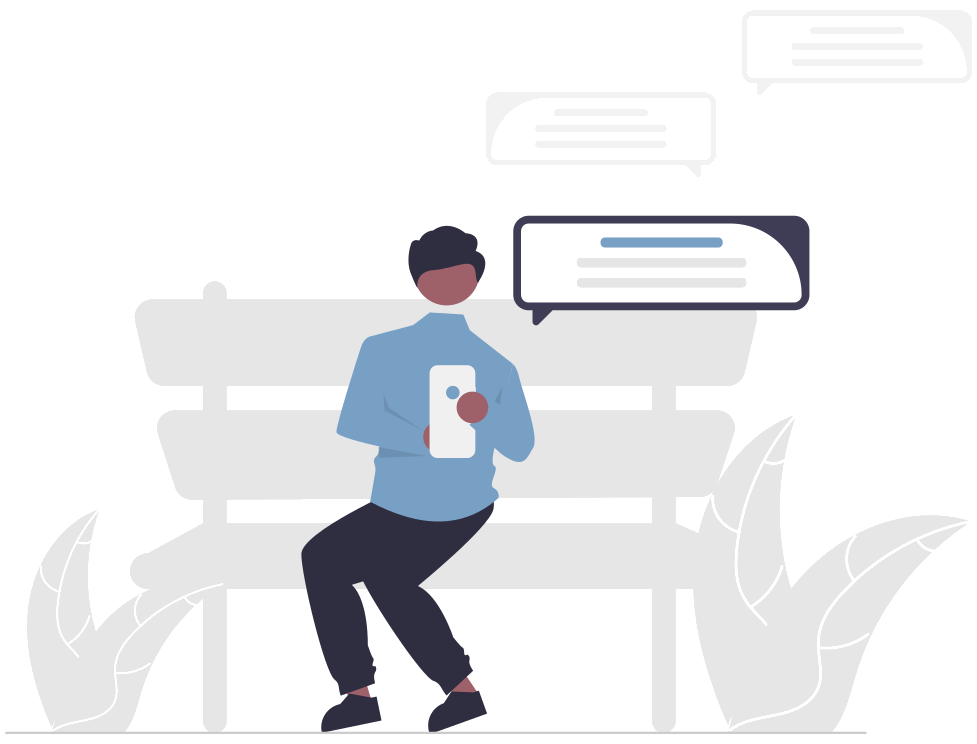The history of borderline
Borderline is one of the least clear expressions in psychological medicine or psychiatry. The word was created decades ago, when psychiatrists used the term for as good as anything which they could not define.
What is borderline?
Borderline is a 'diagnosis' which most diagnostic handbooks do not really acknowledge as a real separate diagnosis. The official diagnosis which comes closest to what people regard to be 'borderline', is the post traumatic stress disorder, also called PTSD.
Borderline and the post traumatic stress disorder
The post traumatic stress disorder developes when someone has had an intensely negative, sometimes life-threatening experience. Examples can be: rape, incest, surviving a car accident, an experience in a war-ridden zone, a robbery, a big fire.
How does a trauma cause borderline?
During such an incident, there is an extremely large peak of stress hormone in our blood. These stress hormones fix or link the memory of this emotional moment in such a way that we cannot remove this painful memory from our memory. The traumatic memory can come up at any time. This happens in the form of nightmares, flashbacks, or uncontrolled emotional reactions when something triggers the memory. Even very indirect things can trigger us subconsciously. The result of this is that we do things which we do not want to do. These things often have a negative effect on our environment.
How stress sabotaged a borderline patient
A young woman came to a consultation in my medical practise. She was in love with a boy with whom she wanted to move in. She had a very sweet boyfriend, but each time he looked for intimacy, something odd happened. She would get scared and push him away. This while she wanted intimacy just as much as he did. By constantly pushing him away, the boy became confused about her intentions and thought that she did not want him anymore.
Borderline: treatment to reduce the underlying stress
When I heard this story, I explained to her that something was likely to stimulate something in her memory. And yes, her voice had, without knowing it, an intonation in his voice which reminded her of the person who sexually harassed her when she was a child. She was unaware of this memory until we discussed it.
Borderline and the online self-help program
I explained to her how she could treat this. The first step was that she would learn to reduce her underlying fear and anxiety. This had the goal to make her less susceptible to the stimuli. She did this by following the online self-help program '15Minutes4Me.com'. After three weeks or so she felt that she was less irritable and more often had good moments in which she felt in control.
Borderline: treating it through communication
The second intervention we decided upon, was that she would speak to her boyfriend about her reaction, and explain to him that it had nothing to do with him. her boyfriend responded in a very understanding way and wanted to support her to overcome this. During the months that followed her inexplicable reaction of pushing him away became a less and less common occurrence, and when it did happen they could talk about it. Slowly but surely the symptoms of borderline disappeared. A year later I got a message in the mail ... with the announcement for their wedding.
Online self-test: test stress in borderline
The symptoms of borderline as well as PTSD or the post traumatic stress syndrome (PTSS) disappear if you treat the underlying stress. Would you like to know what influence stress has on you? Then do the free self-test now.
Paul Koeck, MD















